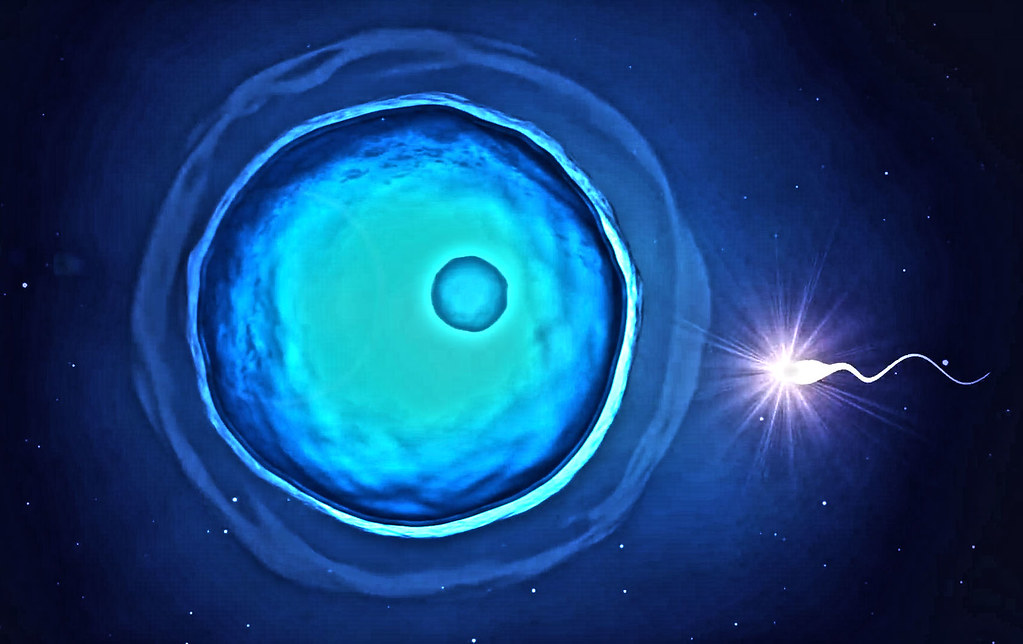The Y chromosome symbolizes the virility but it is notoriously fragile. It is moulting over the course of human evolution, some leading scientist bother that no more male babies will have born in the coming years.
Bryan Skyes, gave a theory ‘Adam Curse- A Future Without Men’ in 2003 which states that sperm counts is declining in men & the continual atrophy of the Y chromosome within 125000 years.
166m years ago, to the first mammal, the story was completely different. The early ‘proto-Y’ chromosome was originally the same size as the X chromosome and contained all the same genes. Unlike the other chromosomes which are present in two copies in cell, Y chromosomes are present as single copy, passes from fathers to their sons.
Y chromosomes cannot undergo genetic recombination, ‘shuffling’ of genes that occur in each generation which helps to eliminate damaging gene mutations. It has some unusual structures called “Palindromes” (DNA sequences that read the same forwards as for backwards), which protect it from further degrades.
Looking to other species (Y chromosomes exist in mammals and some other species), a growing body of evidence indicates that Y-chromosome gene amplification is a general principle across the board. These amplified genes play critical roles in sperm production and (at least in rodents) in regulating offspring sex ratio.
Jenny Graves from La Trobe University in Australia, wrote in her research paper,” Japanese Spiny Rats and Mole Voles have lost their Y chromosomes entirely – argues that the process of loss or create of Y chromosome will lead to fertility problems. This results in formation of new species.”
A female has around 1000 health genes. The Y chromosome started off with as many genes as its female counterpart. Women have 2 X chromosome, whereas men have just one ‘wimpy’ Y chromosome. This is a key, as the pairing allows the X to make crucial repairs. Shortage of Y chromosomes, make trouble for them to find pair and start decaying. The X chromosome is all the alone in the male but in the female it has a friend, so it can swop bits & repair itself.
Professor Graves has her own solution. She says that when Y chromosome falls to pieces, another chromosome could take on the role of the missing , leading to the creation of a new species of human. In fact, the process may already be underway in some isolated groups of people, said the professor. She said: ‘We would not even suspect it without checking the chromosomes.’
The absence of the SRY (Sex Determining region Y) gene on the male chromosome is not new, however. In Swyer syndrome, the individual has a Y chromosome lacking the SRY gene and consequently fails to develop testis and other internal male organs. A person with this genetic condition is outwardly female but with a karyotype of a male (i.e. XY karyotype).
According to Skyes, the options for survival of men are (a) unisex reproduction by females i.e., female eggs fertilised by the nuclear X chromosome of another female & implanted using vitro fertilization. Replace the gene function of the Y chromosome, allowing same-sex female couples or infertile men to conceive, if possible_ fertile humans would just stop reproducing naturally.(b) moving the SRY & associated genes responsible for maleness & male fertility to another chromosome, which he refers to as “the Adonis Chromosome” engendering fertile males & with an XX karyotype.
However, the interesting thing about humans is that while the Y chromosome is needed for normal human reproduction, many of the genes it carries are not necessary if you use assisted reproduction techniques. This means that genetic engineering may soon be able to replace the gene function of the Y chromosome, allowing same-sex female couples or infertile men to conceive. However, even if it became possible for everybody to conceive in this way, it seems highly unlikely that fertile humans would just stop reproducing naturally.

